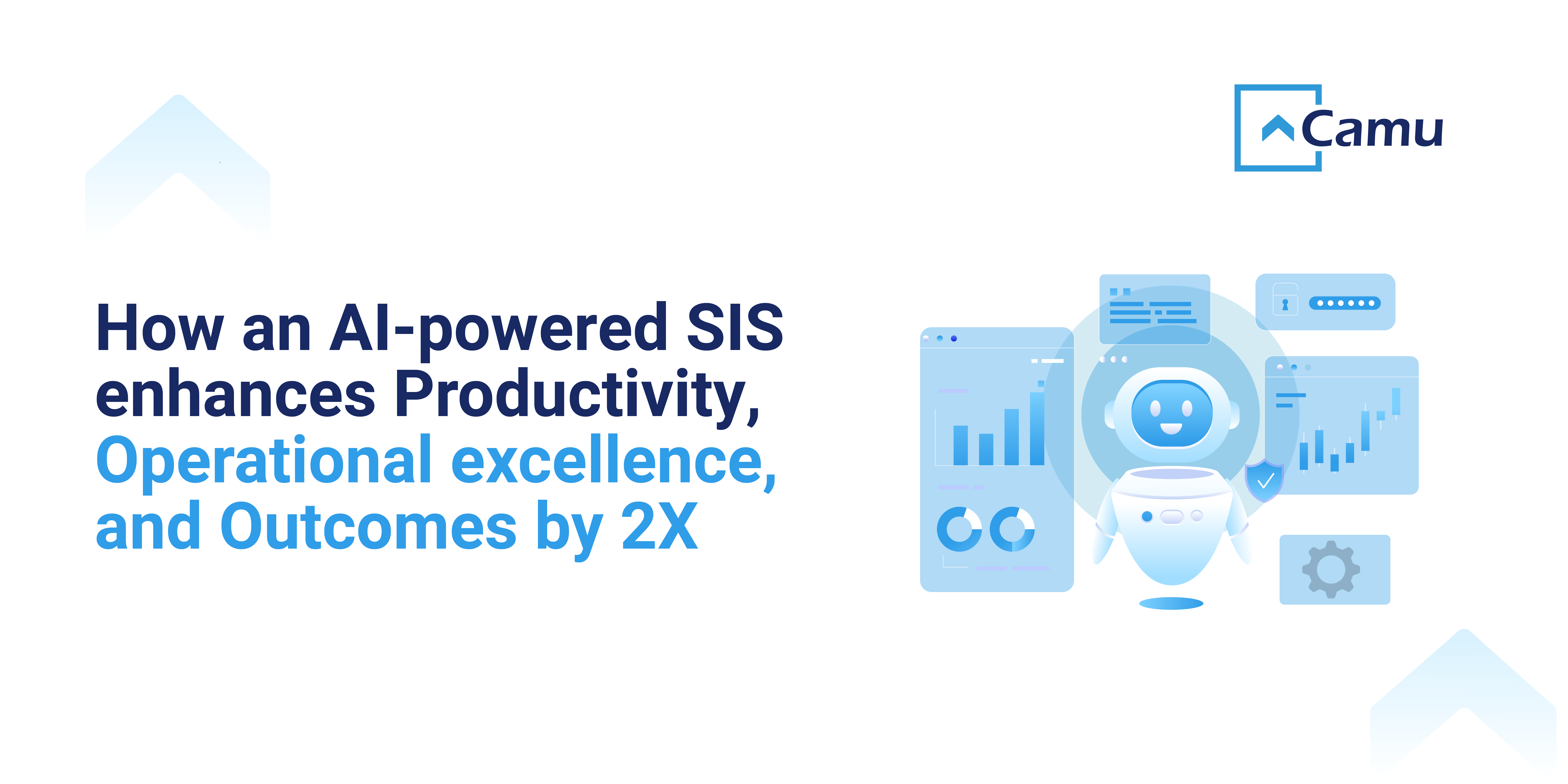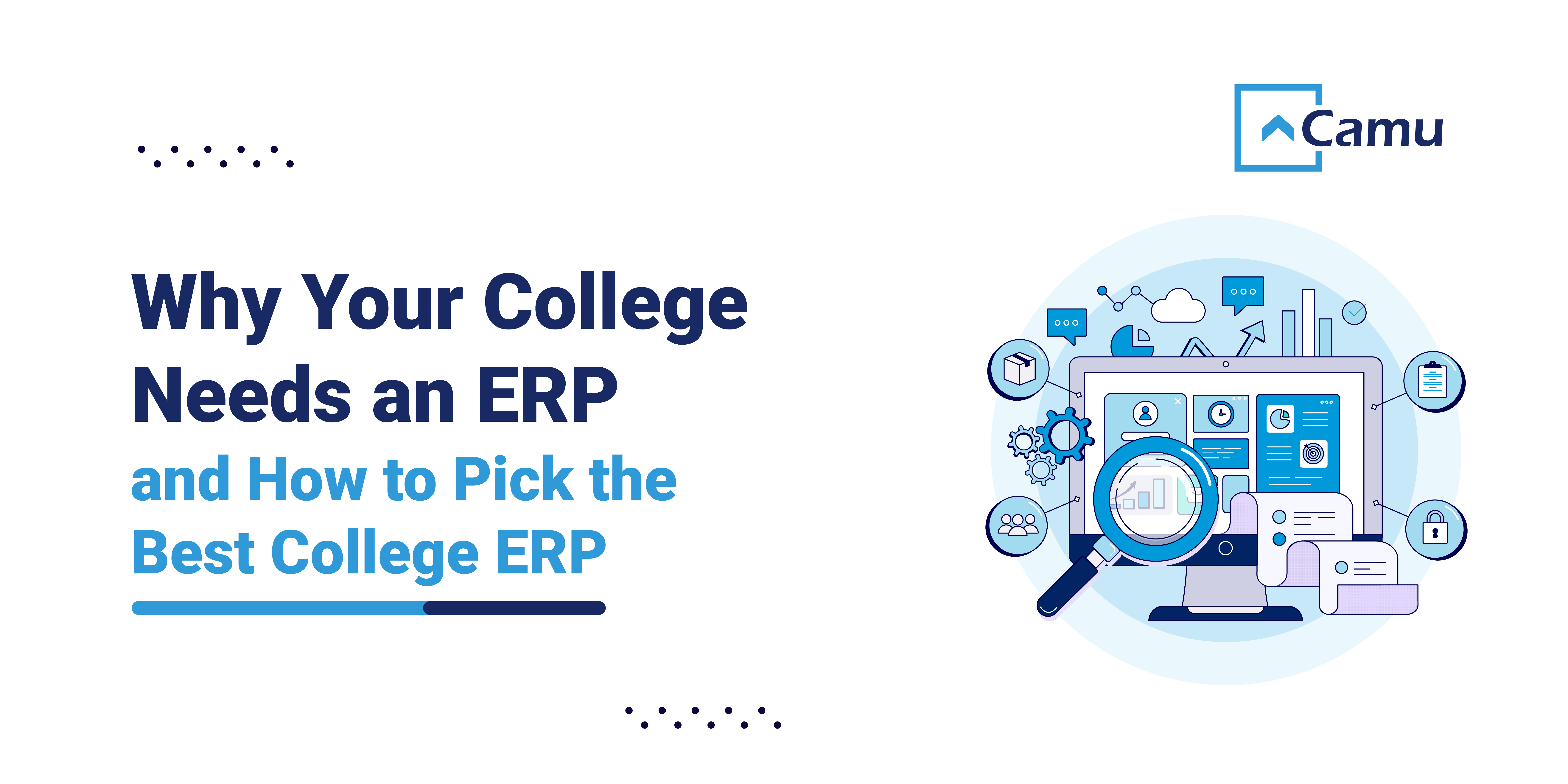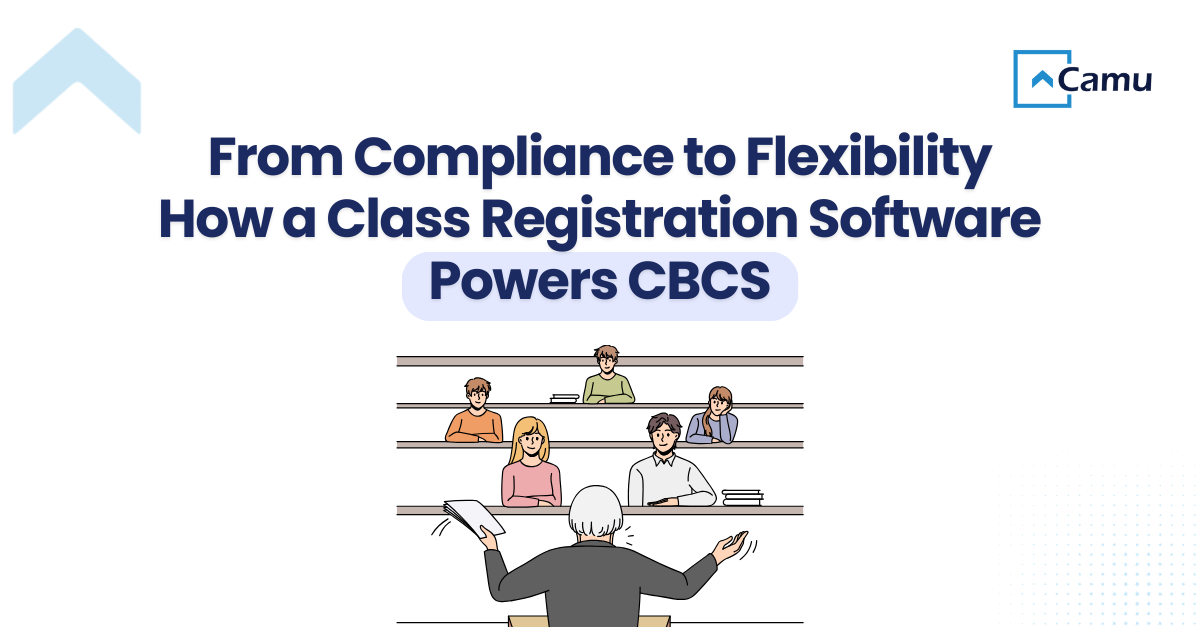Table of Contents
Introduction
Hybrid Learning Offers the Best of Both Worlds
Hybrid Learning is Gaining Traction in 2023
Looking at Hybrid Learning in Action
Conclusion: The Future is Hybrid
Introduction
Remote Learning, E-learning, Online Learning, Hybrid Learning, Blended Learning, AI-Based Learning — these are more than just buzzwords; they’re now foundational pillars of modern education.
As the academic world continues to evolve, educators and institutions alike have recognized the importance of investing in deep digital transformation. The goal? To build a holistic educational ecosystem that meets students where they are—whether that’s in a classroom, at home, or halfway around the world.
We are now shifting from an “on-campus or online” approach to an “on-campus and online” mindset.
And that’s where Hybrid Learning comes into play.
Hybrid Learning Offers the Best of Both Worlds
When technology is used to enhance the learning experience while breaking away from the constraints of traditional education models, a new era begins.
Hybrid Learning blends classroom instruction with online education, creating a comprehensive, flexible, and student-centered experience.
It provides:
In-person support from teachers and peers
On-demand access to learning materials and lectures
The flexibility to learn at one’s own pace and style
This model often involves students spending part of their time attending physical classes on campus and the other part learning online.
By offering this balanced structure, hybrid learning accommodates students from diverse geographic, demographic, and socio-economic backgrounds, ensuring that education becomes more inclusive and adaptable.
Hybrid Learning is Gaining Traction in 2023
The pandemic thrust online learning into the spotlight, but as we adapt to new norms, hybrid learning is emerging as the preferred mode of education for many institutions in 2023.
Why?
Because it delivers:
Greater accessibility: Students can choose to attend in-person or remotely
Personalized education: With tailor-made content, flexible schedules, and continuous faculty support
Work-life-study balance: Ideal for working professionals looking to upskill without compromising on career commitments
Flexible delivery methods: From live-streamed lectures to recorded sessions and interactive discussions
It’s clear that hybrid learning isn't just a trend—it's a long-term solution that caters to the needs of today’s learners.
Looking at Hybrid Learning in Action
What does this look like in practice?
Take the case of a Bengaluru-based college, one of the early adopters of the hybrid model in India. Their goal was to become lockdown-proof, ensuring students had uninterrupted learning access—anywhere, anytime, on any device.
Their approach included:
Investing in robust hybrid learning infrastructure
Digitally training teachers and students
Enforcing digital protocols
Distributing devices to students lacking access
This strategy marked the beginning of their transformation into a fully blended learning institution.
As Marcus Specht once said:
Hybrid Learning offers precisely that — personalized, flexible, context-aware education.
Conclusion: The Future is Hybrid
As the year progresses, Hybrid Learning will continue to redefine how we deliver and consume education.
It prioritizes student autonomy, institutional resilience, and pedagogical innovation—all critical elements in a future-ready education system.
If you’re curious about how Hybrid Learning can be implemented at your institution, Camu offers a comprehensive platform that allows seamless switching between online and on-campus classes, without disrupting schedules or compromising quality.





